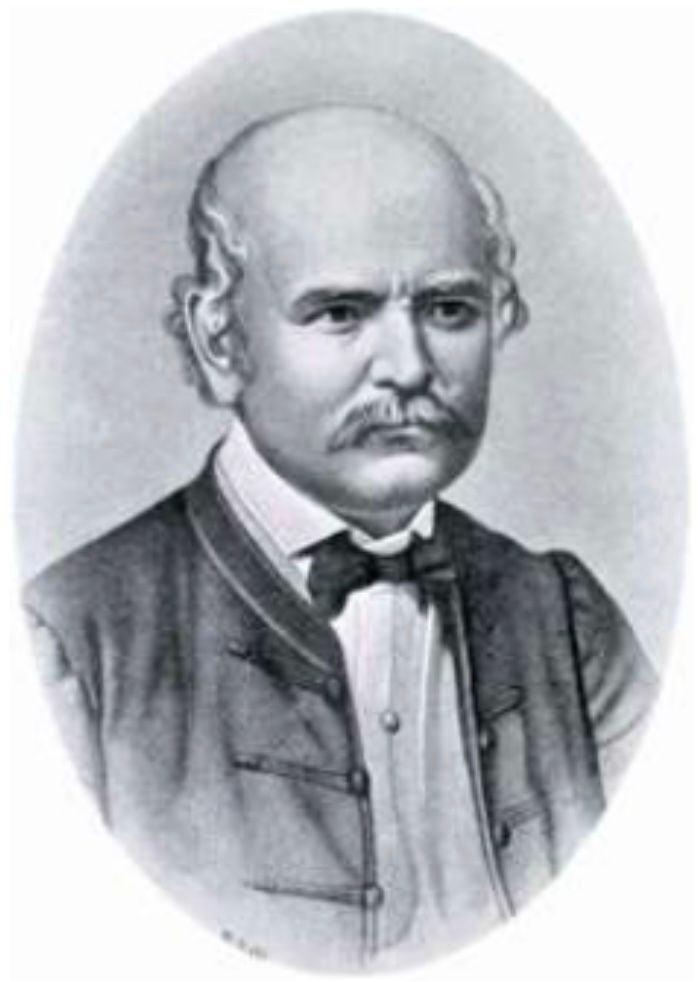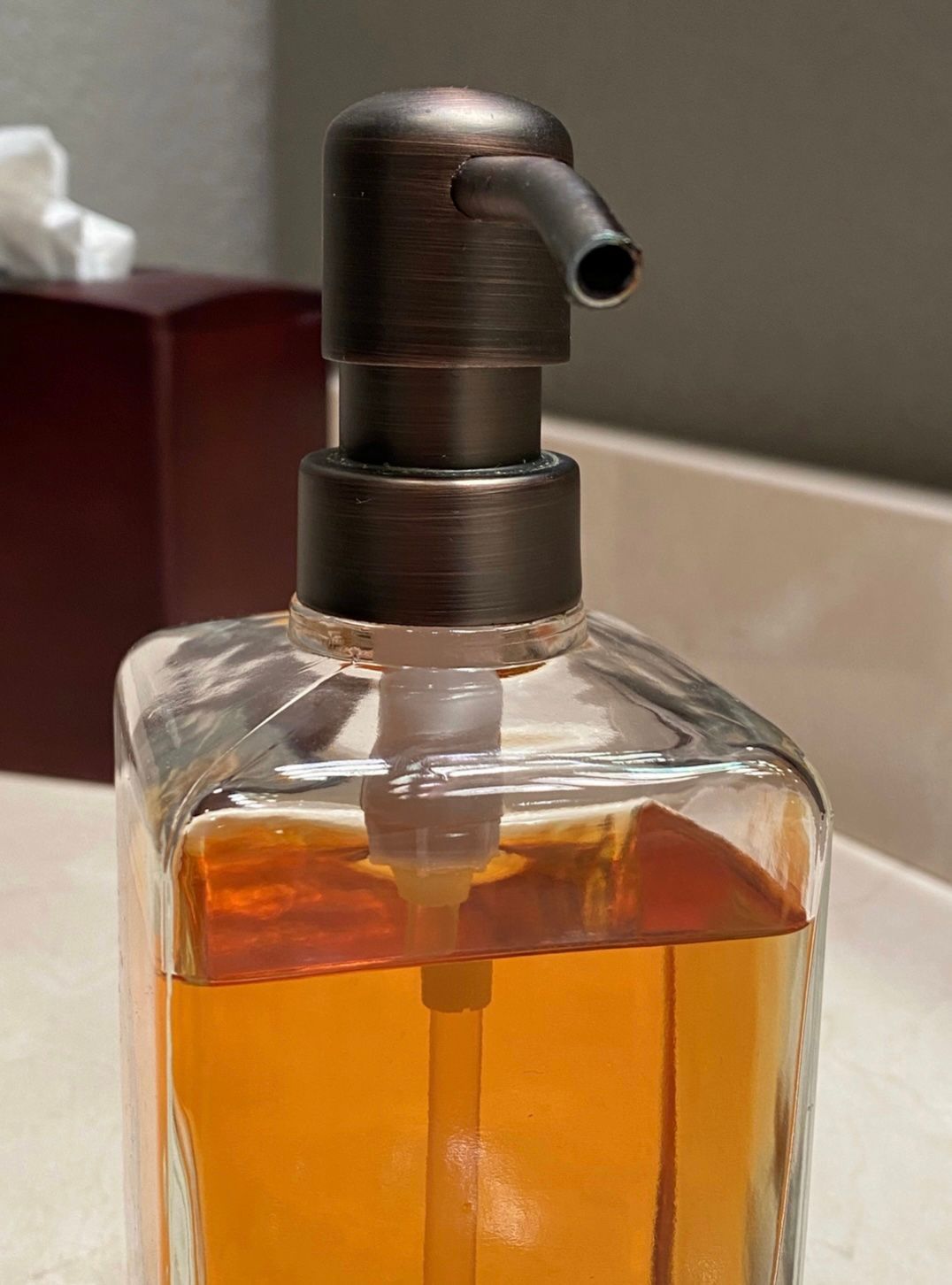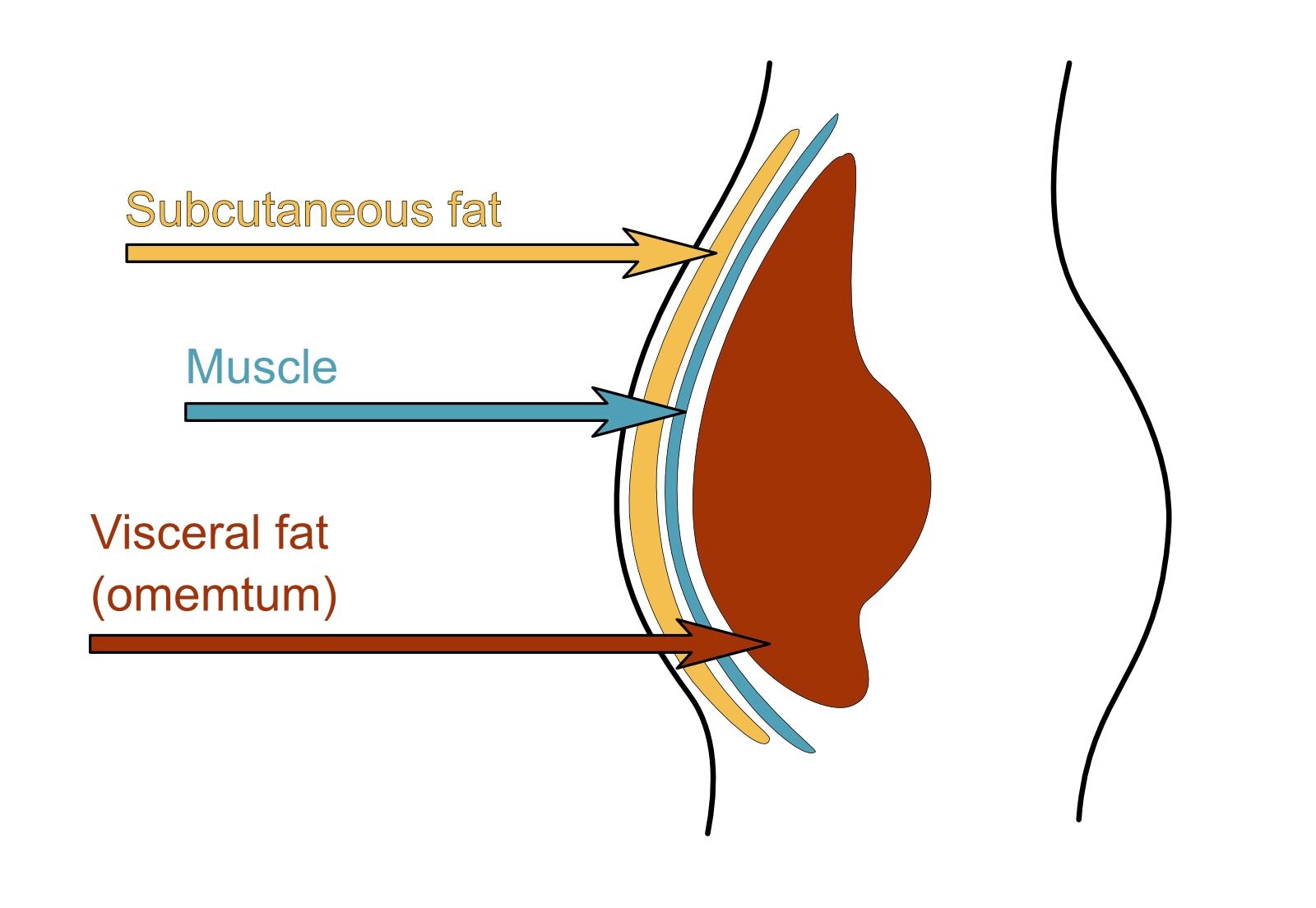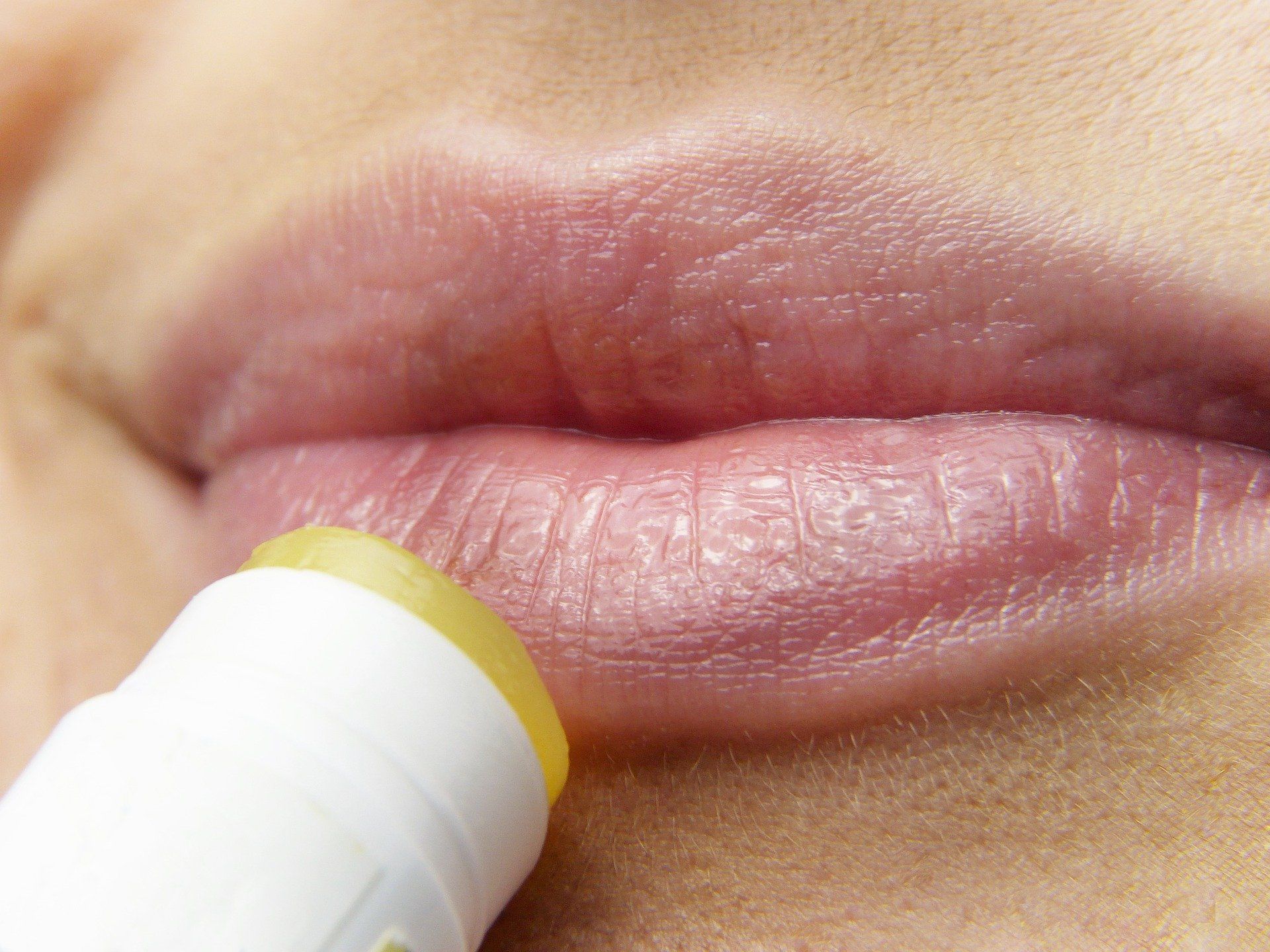Did you know?

July 2024
In our monthly email newsletter, we often have a section entitled "Did you know?". As the heading suggests, it's usually about a little known or surprising fact. Here's a selection of them!
You can subscribe to our monthly email at the very bottom of this page. Your subscription information is only used for this purpose and we do not sell your information. You can unsubscribe at any time by clicking on the "unsubscribe" button at the bottom of each of our emails or by just letting us know.

Preventing Germs from Spreading
Handwashing as a means to prevent the spread of germs was first discovered in 1847 by a Hungarian-German physician, Dr. Ignaz Semmelweis.
Working in the obstetric clinic in Vienna, he observed that women in the 1st division of the clinic died at rates 2 to 3 times higher than women in the 2nd division. They died of puerperal infection, or childbed fever, a major problem of maternity hospitals in Europe at the time. The two divisions were identical except that students were taught in the 1st and midwives in the 2nd.
The breakthrough occurred when Semmelweis' good friend Jakob Kolletschka died from a wound infection, having been accidentally poked with a student's scalpel while performing a post mortem examination. Kolletschka's autopsy showed a pathology similar to that of the women who were dying from puerperal fever and Semmelweis immediately proposed that students who came directly from the dissecting room to the maternity ward carried the infection with them.
He ordered the students to wash their hands in a solution of chlorinated lime before going to the maternity ward and the mortality rates in the 1st division immediately dropped dramatically. Semmelweis also reduced mortality rates at an obstetric ward where he subsequently worked in Pest, but because his ideas conflicted with established scientific and medical opinions of the time, they were rejected by the medical community and many physicians continued to practice without washing their hands.
It wasn't until 20 years later, when the germ theory of disease was accepted thanks to the work of Louis Pasteur, were Semmelweis' observations confirmed by theory.
References:

Soap
The earliest recorded evidence of the production of soap-like materials dates back to circa 2800 B.C., where a formula consisting of water, alkali, and cassia oil was written on an ancient Bablyonian clay tablet.
Societies from ancient times to the present use soap: ancient Egypt, ancient Israel, ancient China, ancient Arabs, the Islamic Middle East, Medieval Europe, etc.. The name for soap is derived from its original Celtic name, "saipo".
Here is a link to a great explanation of how soap works and why it's better to wash your hands rather than use hand sanitizer when you can:
https://www.theguardian.com/commentisfree/2020/mar/12/science-soap-kills-coronavirus-alcohol-based-disinfectants
References:
- https://en.wikipedia.org/wiki/Soap
- http://www.soaphistory.net/soap-history/first-soap/

Fat is Not Created Equal
As people go through their middle years, their proportion of fat to body weight tends to increase. We would like to bring your attention to differences in two types of fat that the body produces: visceral (or abdominal) fat and subcutaneous (below the skin) fat.
Visceral fat, which is fat deep in the abdomen, is of more concern than the fat that you can pinch with your fingers, which is subcutaneous fat. Visceral fat lies beneath the abdominal wall, in the spaces surrounding the internal organs.
The fat cell acts as an endocrine gland, secreting hormones and other molecules that affect other tissues. Visceral fat produces a higher proportion of molecules that are potentially harmful to our health while subcutaneous fat produces a higher proportion of beneficial molecules.
Visceral fat makes more of the proteins called cytokines, which can trigger low-level inflammation, a risk factor for heart disease and other chronic conditions. It also produces a precurser to angiotensin, a protein that causes blood vessels to constrict and blood pressure to rise. Compared to subcutaneous fat, visceral fat secretes more of retinol-binding protein 4 (RBP4), a molecule that increases insulin resistance.
Thus, visceral fat has been linked to certain chronic conditions, including:
- Cardiovascular disease
- Dementia
- Asthma
- Type 2 diabetes
- Abnormal cholesterol
- Breast cancer
- Colorectal cancer
Subcutaneous fat produces more of certain beneficial molecules, including the hormone leptin, which acts on the brain to suppress appetite and burn stored fat. Adiponectin, another hormone produced mainly by subcutaneous fat, helps protect against diabetes by regulating the processing of fats and sugars; it also has an anti-inflammatory effect on the linings of blood vessels.
We cannot control where we gain fat on our bodies as it depends on our genes, hormones, and age, among other factors. We can take measurements such as body weight and body mass index (BMI), but that is not sufficient; knowing where fat is distributed is also important.
You may have already guessed: the secret to reducing visceral fat is physical activity and a healthy diet.
To note, we can't control where we lose weight specifically and liposuction doesn’t reach inside the abdominal wall. The good news, though, is that increasing physical activity and eating healthy come with other great side effects, including better quality of life.
For our perspective on physical activity, take a look at our blog on this topic:
https://www.thepharmacyatwellington.com/back-to-basics-physical-activity/
We are more than happy to work with you on measuring your waistline and/or discussing options for lifestyle changes -- just drop by!
References:
- https://www.mayoclinic.org/belly-fat/img-20008237
- https://www.health.harvard.edu/staying-healthy/taking-aim-at-belly-fat
- https://www.mayoclinic.org/healthy-lifestyle/fitness/expert-answers/body-fat-analyzers/faq-20057944
- https://newsnetwork.mayoclinic.org/discussion/people-of-normal-weight-with-belly-fat-at-highest-death-risk-mayo-clinic-study-finds/
- https://www.mayoclinic.org/healthy-lifestyle/womens-health/in-depth/belly-fat/art-20045809
- https://www.sciencedaily.com/releases/2019/02/190201081459.htm
- https://www.mayoclinic.org/healthy-lifestyle/mens-health/in-depth/belly-fat/art-20045685
- https://www.health.harvard.edu/staying-healthy/abdominal-fat-and-what-to-do-about-it

Preventing Chapped Lips
Jenny, one of our friendly and knowledgeable pharmacists, debunks the myth that certain lip balms and lotions can cause addiction.
She confirms, "They do not contain ingredients that cause addiction. However, repeat exposure to an allergen or irritant in them may cause a rash on your lips, and if you continue to apply it, you create a vicious cycle that may feel like an addiction."
Common culprits that may be allergens or irritants include:
- Alcohol (also listed as OL)
- Phenol
- Menthol
- Salicylic acid
- Citrus
- Mint
- Tea tree oil
- Eucalyptus
- Camphor
- Lanolin
The fewer the ingredients that a lip balm or lotion has, the less likelihood it will cause irritation or an allergic reaction. A lip product with only petroleum (Vaseline) will just be a barrier, to seal in moisture, and those with beeswax and lanolin will also help seal in moisture.
For people with severe lip irritation and who need a strong product, there is Cortibalm, which comes in lip balm stick format. It contains 1% hydrocortisone and is recommended for acute, severe cases and is not to be used every day.
Jenny also recommends the following non-pharmaceutical solutions:
- Stay hydrated
- Have Omega-3 fatty acids (eat fish or take fish oil); it keeps skin hydrated
- Don't lick your lips
- Don't pick at flakey lips
- Wash your hands before and after applying lip product, especially if you use your finger to apply it
- Breathe through your nose
- Avoid irritants or allergens in cosmetics
- Use sunscreen on your lips when outside in sunny weather
References:

Fun Brain Facts
There are about 400 miles of capillaries in the human brain! Each of the 100 billion neurons in the brain has its own capillary. And even though the brain is only 2% of our body weight, it receives 15% to 20% of the body's blood supply.
Brain cells need oxygen, transported by blood, to stay alive. The body attemps to supply the brain with a constant flow of blood even if other organs need blood. Blood also removes materials from the brain (carbon dioxide, ammonia, lactate, etc.).
Each neuron only generates a tiny bit of electricity but altogether the brain can power a 20 watt light bulb! Neurons communicate with each other using chemical and electrical signals and our light bulb is on all the time, whether we're awake or asleep 💡
References:
- Center for Neurotechnology in Seattle, WA on brain facts - https://faculty.washington.edu/chudler/facts.html#blood and
https://faculty.washington.edu/chudler/vessel.html - BrainFacts.org on energy usage in the brain - https://www.brainfacts.org/brain-anatomy-and-function/anatomy/2019/how-much-energy-does-the-brain-use-020119
- National Geographic on brain facts - https://kids.nationalgeographic.com/science/article/your-amazing-brain
Contact Us




